Home security systems are now vital in a contemporary home in regard to safety and security. Different types include cameras, motion, entry, glass break, sirens, panic buttons, key fobs, keypads, base stations, and smoke & Carbon Dioxide detectors. The system can be wired and wireless. Primarily, setting up home security systems could also be very technical and on your first instance, might require professional services.
While most people still prefer the traditional home security system that is professionally wired and installed than the other greater population that is gradually shifting to the DIY home security systems since they are easy to install and adaptable. Below is the comparison between the two system installations.
Professional vs. DIY Home Security System Installations
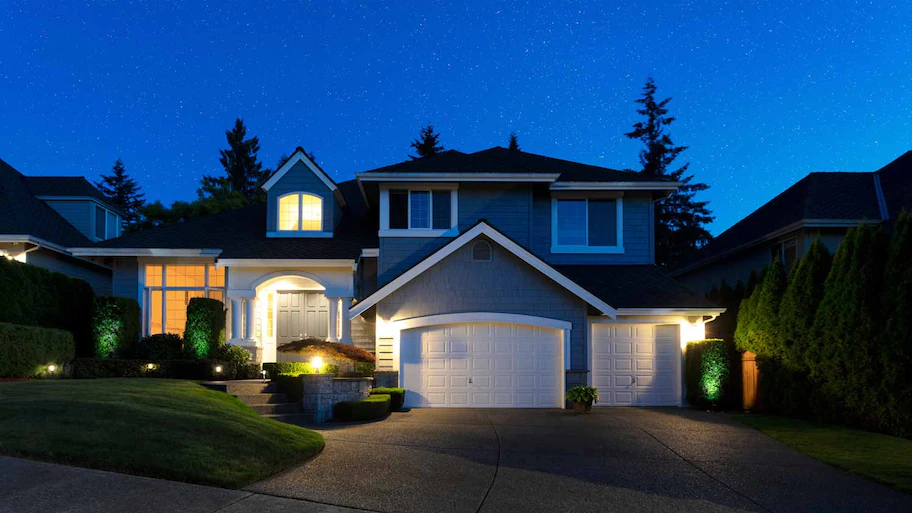
Image Credits: Angi.com
When you want to purchase home security system you will find that, many companies offer DIY and professional installation option. Some of the home security companies offer you professionals to put in the security kits. While others may allow you use a personalized equipment that you will connect to the car and fit yourself. Some give a combination of both; some do not give either.
In general, professional systems come with predetermined kits that must be installed by a professional technician. It may also include contracts or payment plan. Although these DIY systems provide for user-specified installation of the system and the monitoring subscription as well. Below, we will compare the professional and DIY home security systems installation in detail.
Professional Installation of Home Security Systems
A professional installation is done and managed by a certified professional who follows industry standards. The benefits of professional installation include the following:
1. Expertise
Professional installation involves an expert who will set up your security cameras, motion detectors, sensors, and any other required equipment. They will help you avoid creating blind spots, which may leave your home vulnerable. The expert will conduct a security assessment, troubleshoot equipment issues, walk you through your system, and allow you to ask questions.
2. Fast
You can get a same-day installation of your security system. This means you can start using your security system the same day you purchase it.
3. Continuous Monitoring
Most companies that offer professional installation provide a 24/7 monitoring service. This service includes a 24-hour response if an alarm goes off in your home.
4. Wiring
A wired security system requires more work to set up than a wireless one. A professional expert will help you drill holes in your walls and handle electrical alarm systems.
5. Customization of Large Spaces
A professional can correctly map out your space to ensure all areas are well-covered. This is more applicable in larger homes that have multiple floors and need interconnected components.
6. Integration With the Existing System
Professional experts will help you integrate your home security system with your existing devices, like smart smoke and carbon dioxide detectors.
Drawbacks of Professional Home Security Installation
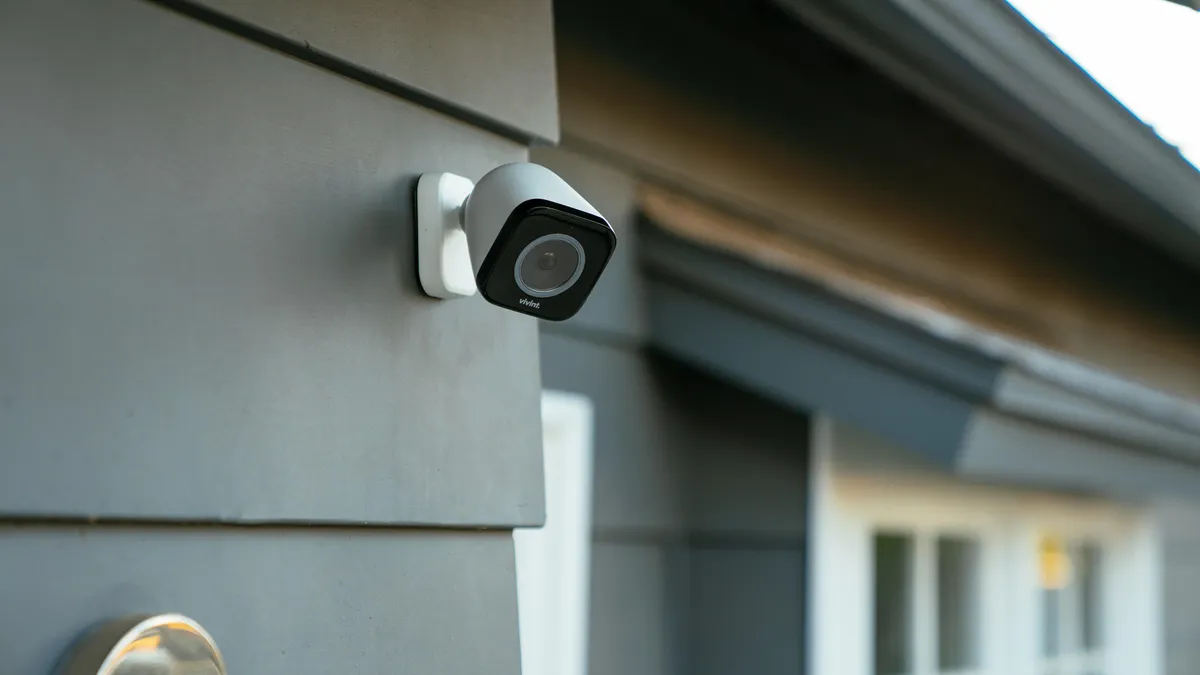
Image Credits: Cnet.com
1. Costly
Professionally installed systems are way costlier than DIY systems. The installation cost may range from $99 to $199, which is on the higher side if you factor in the equipment cost and monthly monitoring fee.
2. Requires Contracts
Some companies may require you to sign lengthy contracts and monitoring plans. These contracts may span for a length of one year to three years.
3. Non-transferable
Most professionally installed systems are designed to fit in their home and may be hard to take with you if you move houses.
4. Scheduling Conflicts
You will need to change your schedule to align with the availability of the installation professional. They may not be available at the time that is best for you.
DIY Installation of Home Security Systems
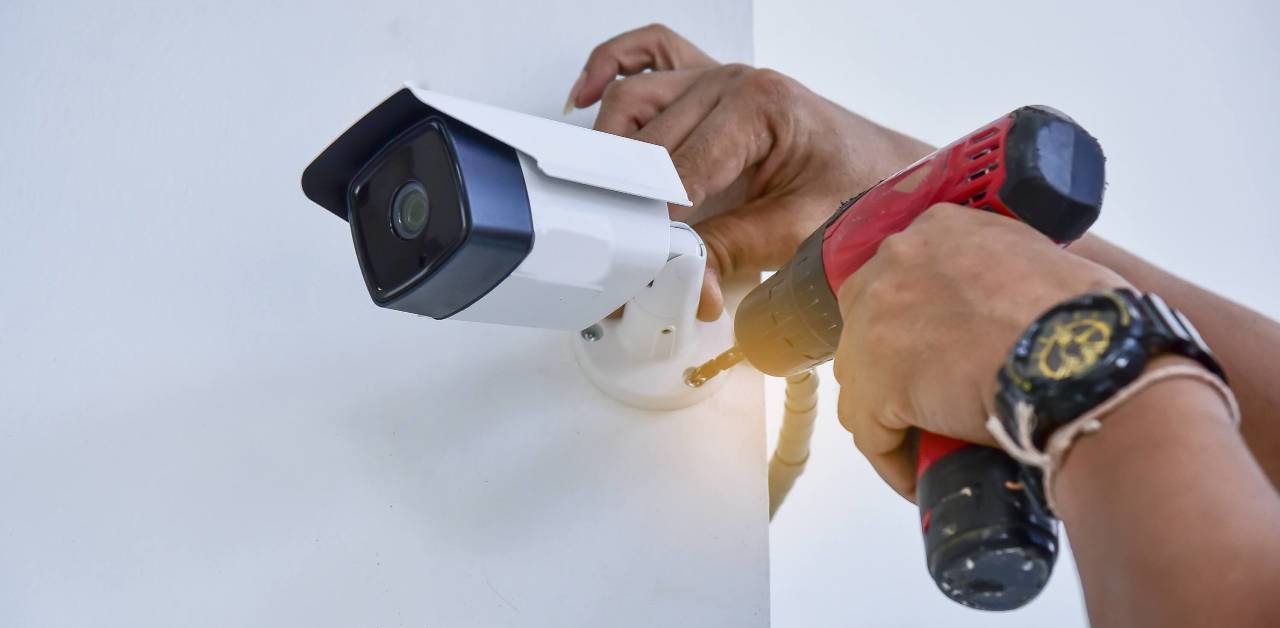
Image Credits: Securitypicks.com
Do it yourself home security system is most recommended for those individuals who possess good technical knowhow as well as perform their own home improvements.
They also help people save money since there are no installation charges required, and clients do not have to deal with working with a stranger’s timetable. It helps you to have your kit constructed and prepared for use without you having to make the order first. This can be achieved on the website of the company, or through the assistance of a salesperson via telephone.
Using a DIY home security system has the following benefits:
1. Lower Costs
Since no professionals are involved, the DIY installation is much cheaper than the professional installation.
2. Ease of Transfer
DIY systems are easier to transfer when moving from one home to another. The DIY system best fits you if you move a lot or are in a rented house.
3. Ability to Upscale
With the DIY system, you can start small and add more equipment and components as your needs increase. You could opt for this system if you are unsure what kind of system you want.
4. No Contracts
Companies that offer DIY home security systems allow you to operate your system on a monthly basis instead of a long-term contract.
5. Done on Your Schedule
Since you install this system yourself, you will do it when you have time and will not need to wait for someone to come at their convenience.
A Guide on How to Choose a Home Security System Installation Professional
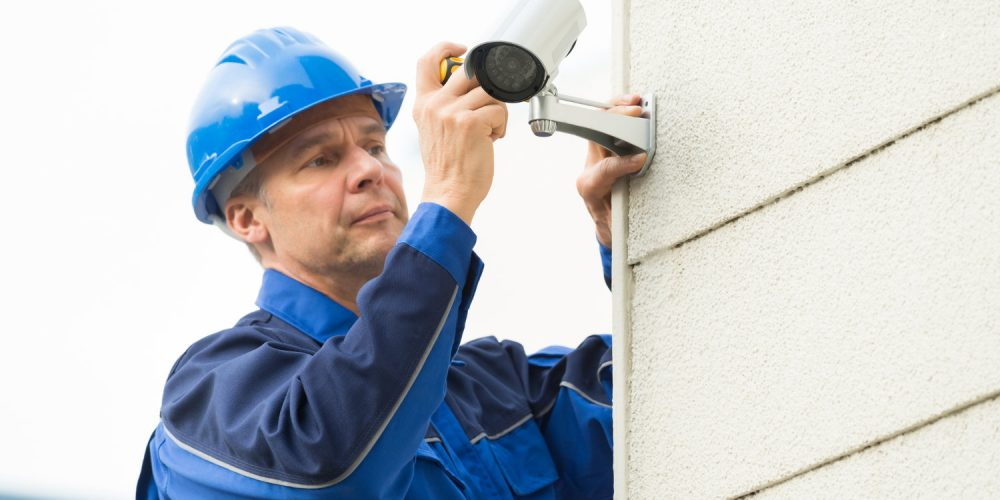
Image Credits: Electronichouse.com
Some of the things to consider in an installation professional include:
1. Cost
There are many facets of the cost to consider when contracting an installation professional. This includes installation fees, activation fees, equipment costs, and monitoring costs. These costs vary from one security system provider to another. And since they give you the installation professional to carry out the installation, it will add to the final cost of the system.
2. Contract Requirements
Different installation professionals require you to sign contracts that vary in length. Some contracts may require a three-year commitment plan, while others are short term and others do not require a contract at all. Check their contract terms and choose an installation professional that will fit into your plan.
3. Monitoring Options
Professional home system installers offer round-the-clock monitoring of your home. Security experts are alerted when an alarm is triggered. Choose an installation professional offering this service so that you can be assured that help is at hand whenever you need it.
4. Integration With Smart Devices
Choose a home security installation professional with the technical know-how to integrate your security system with your existing devices. These devices include Google Assistant, Nest thermostat, Amazon Alexa, etc.
5. Type of Equipment
Consider the type of equipment that your security installation professional offers. Some let you lease the equipment, while others only sell them. Other providers can give you the option to choose between the two. Consider whether your equipment is wired or not. You need a wireless system if you plan to move or have pets or small children who might accidentally temper with the equipment.
9 Home Installations to Protect Your Family and Property
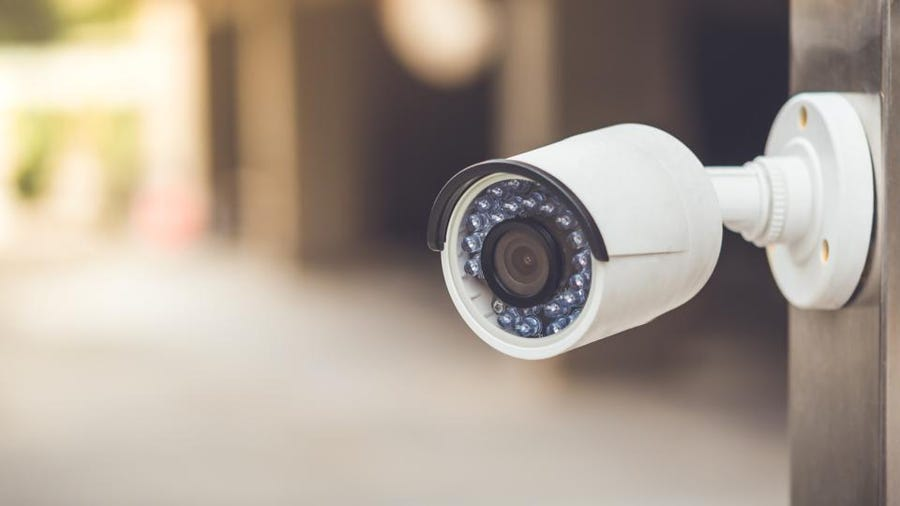
Image Credits: Forbes.com
1. Burglar Alarm
A burglar alarm is one of the easiest and most affordable ways to protect your home against intruders. They are easy to arm and provide enough warning to alert you if someone is in your home.
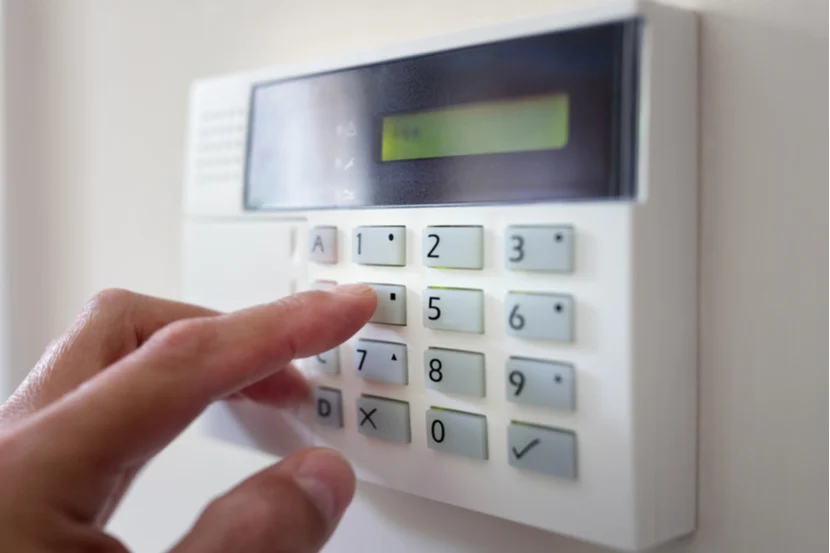
Image source: Confused.com
Many can also be linked to a security company or the police, meaning they will be automatically called to your home if you don’t turn the alarm off yourself.
2. Automatic Lights
Automatic lights are one of the best ways to eliminate dark parts of your garden, back door, and driveway. They are triggered by movement, meaning you will immediately know if there is someone, or something, outside.
They may be basic, but any possible intruder will be instantly spooked if they think they are hidden and then get lit up for you to see.
3. Doorbell Camera
A doorbell camera is a great way to always know who is at your door without opening it or even being there. Many of these cameras work over the internet, sending a notification and camera feed to your phone a few seconds after it is rung.
A Ring doorbell camera has emerged as a leader in the doorbell camera field, offering users a very affordable and effective solution.
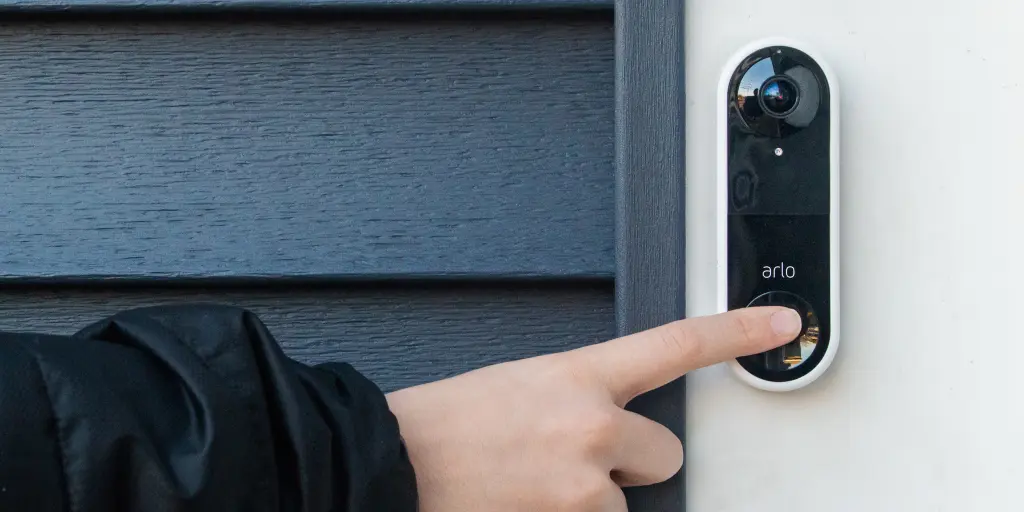
Image source: nytimes.com
4. Smoke Detector
A fire can start from the smallest problem; a miswired plug, a blown lightbulb, or a blanket being too close to a heater or fire. A smoke detector quickly picks up any small amount of smoke and is more than loud enough to wake you or alert those around your house.
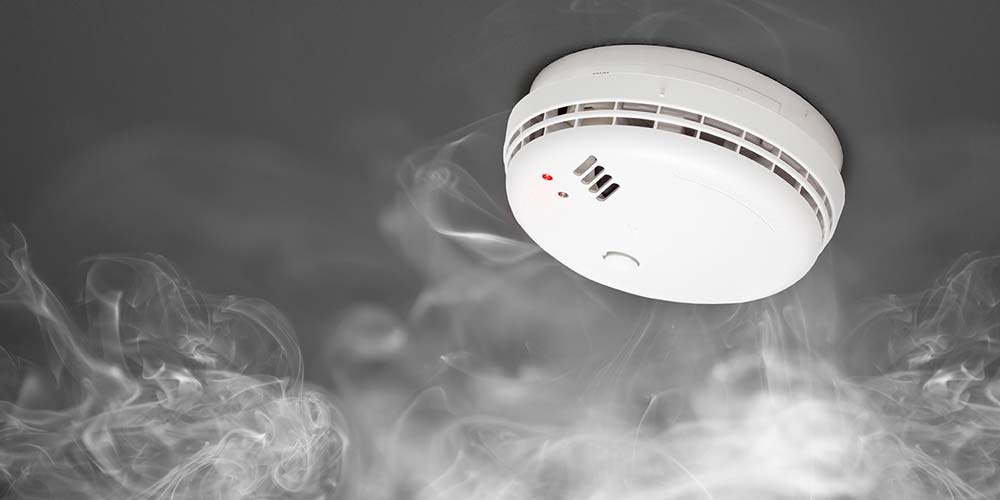
Image source: solutionsunlimited.co.ke
5. Deadbolt Door Locks
Never underestimate the power of the humble lock. A deadbolt may not be impenetrable, but it offers enough resistance to either make an intruder give up or give you enough time to call the police.
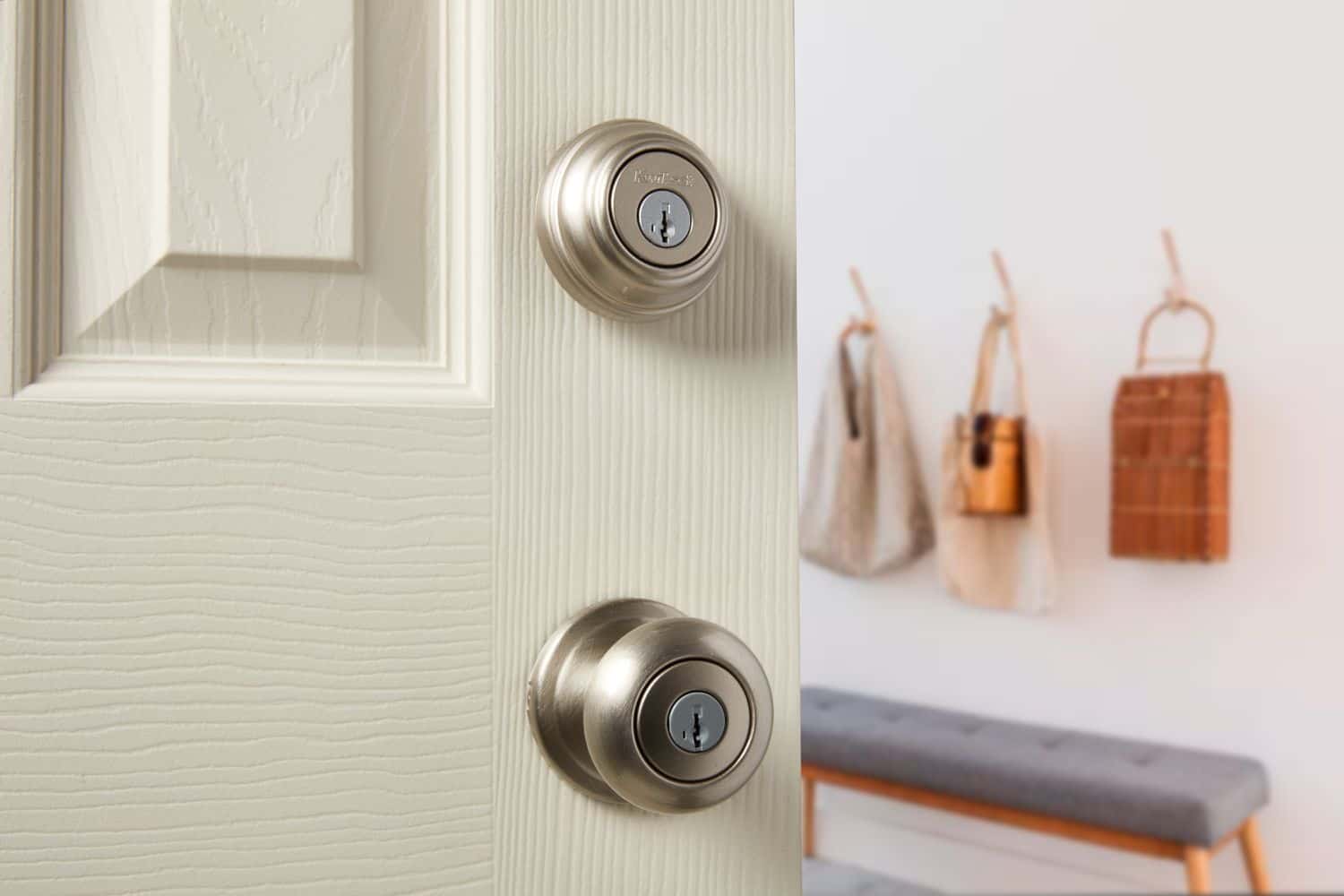
Image source: Thespruce.com
If you don’t want to install deadbolts, door chain locks are the next best thing to do. They are near impossible to pick, and once again, they give you enough time to react to a situation. If you don’t have a door camera, you can still see who is outside without fully opening the door.
6. Window Film
An underrated protection method that everyone should be using is protective window film. Many car windows and windshields already come standard with window film for a good reason, too.
It stops windows and sliding doors from shattering, and the protective film makes it much harder to break and subsequently break through the glass.

Image source: windowfilm.co.uk
7. Automatic Garage Door Opener
Home intruders and thieves almost always choose opportunities over using force; an unlocked car door or an open window. Another soft target is when you are getting in and out of your car and opening and closing your garage door.
An automatic garage door allows you to stay in your car and therefore makes it much easier for you to drive away if something is wrong.
8. Home Automation
Home automation is one of the best and easiest ways to protect your home while using the least effort. You can connect your security system, smoke detectors, cameras, and lights to your smart home device.
You can then use an app to control everything from your phone; you can turn lights on and off, view your cameras, and even lock and unlock certain doors.
9. Garden Security
There are not really installations that can be done in a garden but there are two major things an individual can put in place to scare a way the intruders. One way is to have gravel around your fences and doors. Whether you are careful or not, it is impossible to tiptoe on the gravel thus odds of being warned by intruders present.
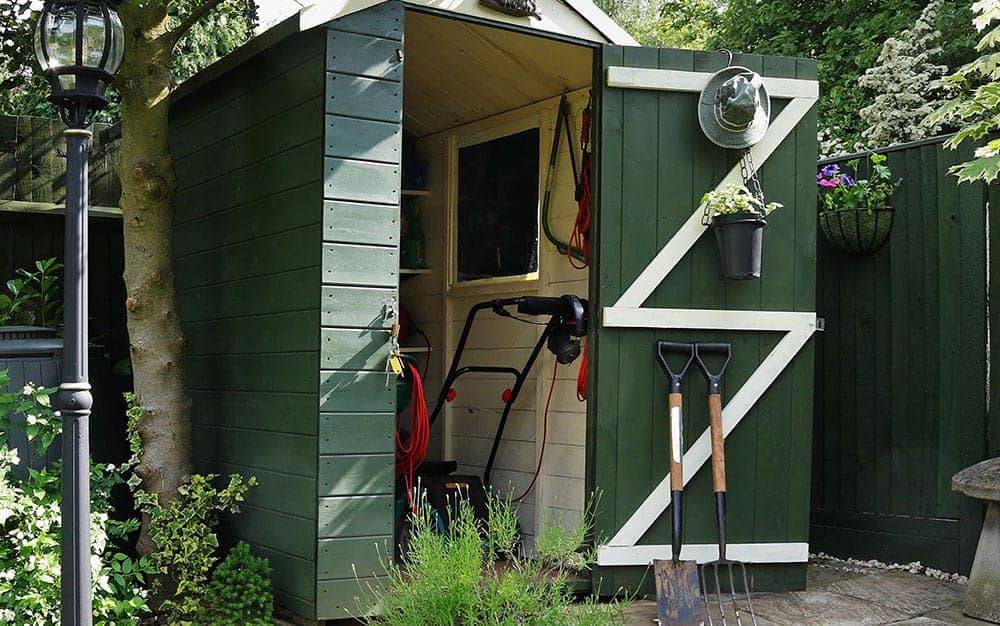
Image source: daviddomoney.com
Another thing you can do is to plant bushes or trees with thorns of any kind in your neighbor’s compound. This is a cheaper and efficient way to install an additional layer of security on your fences and harm whoever it is that wants to intrude.
Frequently Asked Questions About Home Security System Installations
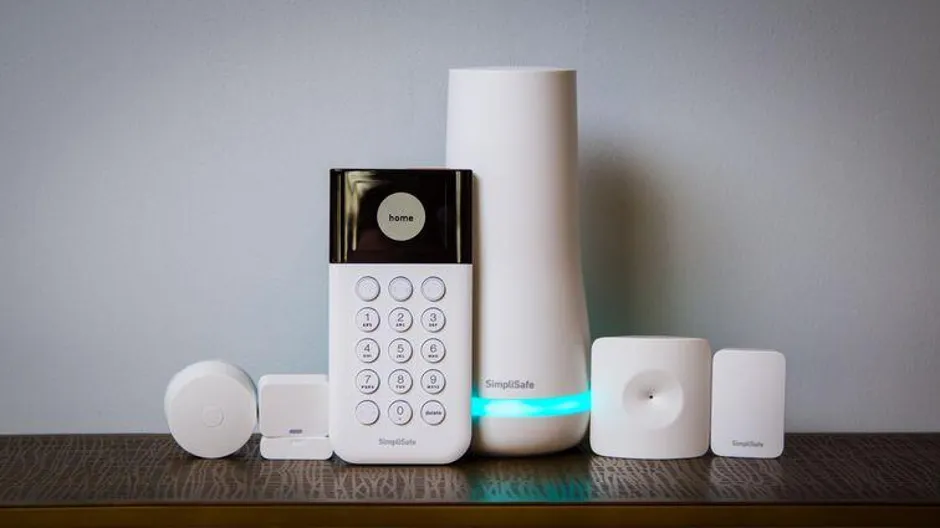
Image Credits: Cnet.com
1. What is the cost of installing a home security system?
A home should be a place where you feel secure at all times, and one way to ensure this is to install a new home security system. The homeowner spends about $700 on the basic system, while it can cost as little as $280 or as much as $2,000. However, you must also factor the costs of equipment, additional features, professional installation as well as the constantly rising surveillance fees.
When it comes to home security, be ready to spend your money for a system that will suit your needs and budget. Wireless home security cameras range between 200$ up to 2000$, based on the number of cameras you put in to use. It may cost less initially, but the cost is transferred in form of monthly charges which when accumulated put the cost higher.
If you contract a professional security company to monitor your home security system, you will spend $10 to $70 per month. If you opt for stand-alone cameras or sensors, you can buy them for $80 to $200, and you will need to monitor them yourself.
Depending on materials, labor, activation fees, monthly fees, and permits, the costs of a home security system may go up or down. For example, if your security company does not offer free installation service, you may need to pay an additional $120 to $600, depending on the equipment needed. If your security system needs an activation fee, you may up to $230 additional cost.
Monthly fees are applicable to monitored home security systems. This fee depends on the type of monitoring being applied. Landline monitoring may cost $20 to $30 per month, while cellular monitoring may cost $10 to $65 per month.
If you’re in an area where an alarm permit is required, the price range can be anywhere between $25 and $100, and can be an annual charge. If the cable system is wired you may require an electrical permit which may attract fees of between 10-500$.
Some extra expenses may include video surveillance monitoring where the expense for the surveillance equipment range between $40 and $400. If your system does not have duress signals which protect you if you are at home during a break in, then expect to pay $20-$150.
2. How can I set up a home security system?
Follow these steps to install a home security system.
1. Choose the right location
To install a wireless home security panel, select a place close to a power source near your entry door. Some blind spots to avoid when placing the sensors include behind large furniture, garages and attics, stairs, and across from doors. You will need to hammer a small nail on the wall to install the panels. If your wall cannot be hammered, you can use a double-sided adhesive to hold the panels in place.
2. Install sensors and detectors
Sensors are very critical to your home security and must be positioned where they are not obscured by any object. Your security system will options contain door sensors, window alarm sensors, and possibly, a motion detector.
Often times the sensors come with their own adhesives that for the most part, one only has to peel and stick and can be easily relocated. Screws can also be used because they may be used several times. In turn, these sensors are optimally applied when mounted on a flat plane of the vehicle. Ensure that when connecting you are keen on the sensor labels otherwise it is easy to place the magnet on the wrong of the main sensor. When installing your sensor on the door it is advisable to ensure that there is enough space for the door to open fully.
3. Test your security system
Test your security system to ensure it is installed and working correctly. Most security systems manuals come with instructions for testing the system after installation. Follow these instructions, and if you encounter an issue, you can contact a professional to help you rectify the problem.
3. Can I install a home security system myself?
It is possible to DIY to install a fully monitored security system than requiring a professional to do it for you. It can take as little as 15 minutes and you end up paying far much less than when you would install normal home security system. And since these systems are not hard-wired into your house, they are best to use if you rent a house or if you plan to transfer them with you.
Select a home security system that provides security coverage on doors and windows because these form the common entry points into homes. It should also be able to look inside and produce an alarm and call the authority if it rings while one is not at home. However, before you plunge into the DIY space, consider the following factors:
-
- The price of the DIY security system
- Integration with Smart Home System
- Ease of installation
- Ensure that the equipment is complete
- The type of monitoring your system has
4. Do home security systems use a lot of electricity?
Running a security system does not need much power at all. A household in average consumes 0.37 $ per kwh per week. An always on burglar alarm will use about 0.168 kilowatt hours per day. This means that annual cost to achieve the goals will be roughly $22.7, which is cheap.
CCTV cameras cost about 2 to 15 kWh. If for example a household consumes 10 kWh per day, then the camera will take 0.24 per kilowatt per day. Thus, annually it will be raised up to 87.6 kWh which equal 32 kWh per year.
Featured Image Credits: Angi.com














